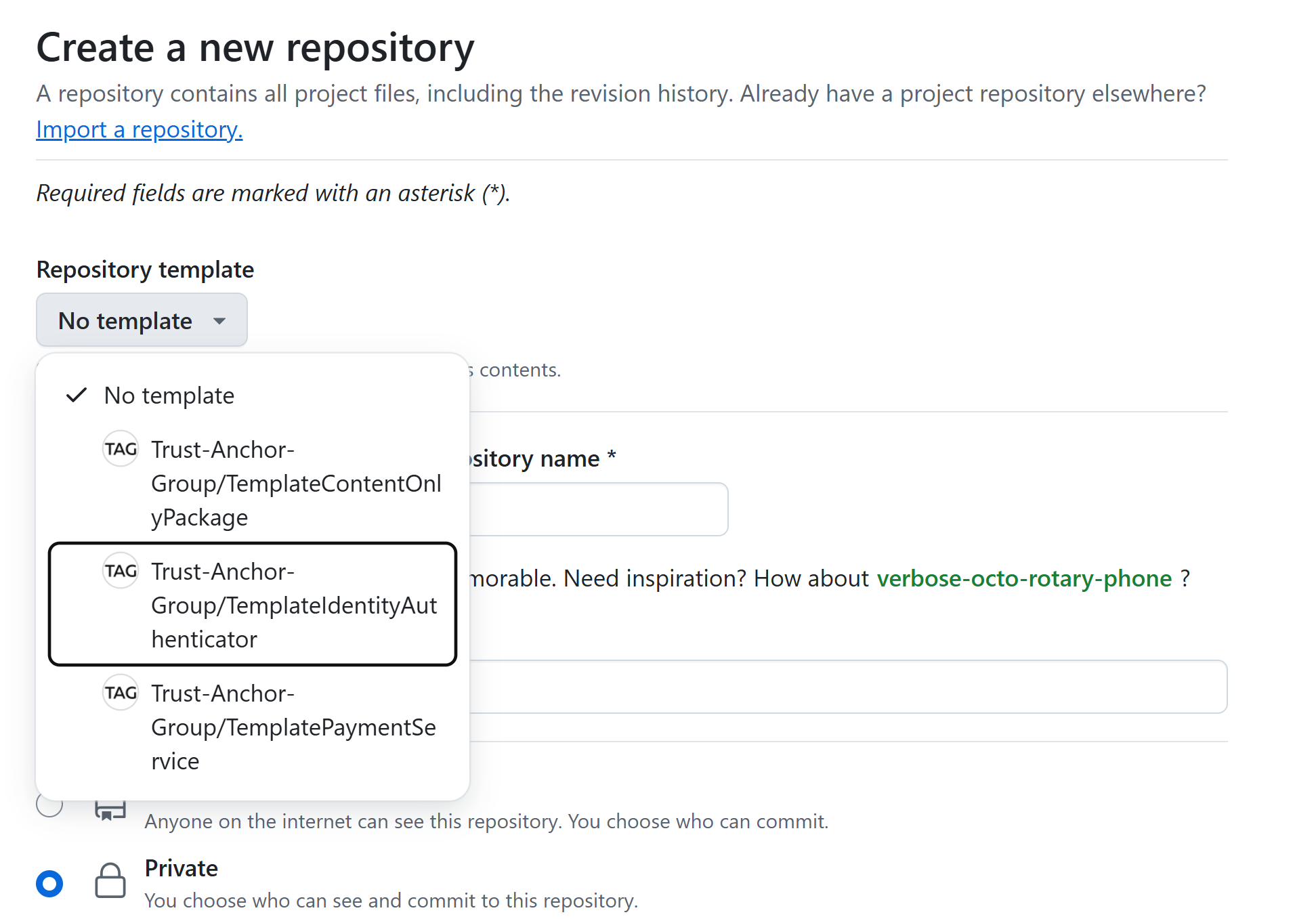Resending Verification Codes during Onboarding
The TAG ID Onboarding API has been updated to allow for resending verification codes, without generating new codes. There are two parts of this API:
For clients that access an onboarding Neuron®, the
/ID/SendVerificationMessage.wsresource has been updated to allow for resending codes, by providing anResendproperty in the request. If set totrue, the resource will resend any existing code to the registered components, otherwise an error will be returned.For clients using the Agent API, a new resource is available, permitting the resending of verification codes:
/Agent/Account/ResendVerificationCodes.
Onboarding API
The /ID/SendVerificationMessage.ws now accepts payload having the following format:
{
Nr:Optional(Str(PNr like "\\+[1-9]\\d+")),
EMail:Optional(Str(PEMail like "[\\w\\d](\\w|\\d|[_\\.-][\\w\\d])*@(\\w|\\d|[\\.-][\\w\\d]+)+")),
AppName:Optional(Str(PAppName)),
Language:Optional(Str(PLanguage)),
Resend:Optional(Bool(PResend))
}
If the Resend property is available, and is true, the method will resend any existing code to the existing number or e-mail address provided. It is not possible to send an existing code to a new number or e-mail address.
Agent API
The Agent API (from build 2025-06-02) now has a new resource: /Agent/Account/ResendVerificationCodes. This resource allows for the resending of verification codes for the account currently being created. In order to access it, the JSON Web Token (JWT) provided in the response when creating the resource must be provided. The caller also needs to provide the phone number and/or e-mail address to which codes should be resent.
Security Notice: It is not possible to resend codes for accounts, numbers or e-mail addresses that have been verified. You can only resend codes for accounts still pending verification. This includes partially verified accounts. If the phone number has been verified, but the e-mail address has not, or vice versa, you can resend the code for the unverified part, but not for the verified part. Attempting to resend codes that have been verified, will be flagged, and repetetive calls to resend codes for verified accounts, numbers or addresses may result in the temporary and then permanent blocking of the endpoint making the call.
#new, #api, #onboarding, #id
IP Location Information during Onboarding
The Onboarding API has been updated to provide some additional IP Location information during onboarding, to help clients prefill fields in ID applications.
When calling the https://id.tagroot.io/ID/CountryCode.ws web service (using POST, and Accept header set to application/json), the following information will now be available in the response:
{
"RemoteEndPoint": string,
"CountryCode": string,
"PhoneCode": string,
"Country": string,
"Region": string,
"City": string,
"Latitude": double,
"Longitude": double
}
The IP Location information is provided by IP2Location.
Note: The information provided in the response may be incorrect, so users will need to verify the information provided, before including it in any ID applications.
#new, #api, #onboarding, #id
Integrating Serpro into Neuron®-based services
You can use Serpro in Neuron®-based services, by installing the TAG.Serpro.package, available in the Packages page in the Admin menu, and use the examples provided in your own services. Serpro provides an identity application authenticator, that can be used to automate the approval of identity applications on the Neuron® where it is installed. You will need to provide a key when installing. Use the following public key:
| Some more information | |
|---|---|
| Package | TAG.Serpro.package |
| Installation key | 0WMoLBoAObn+SPgJ6Zfl6iJTxhnW8050o0sHba37z+51BUHjRm3dyL08qqQ+n4iTFDL6PYVOWeAA4bda1f2a8fb0d70921434eed848e39e7 |
| Configuring Service | /Serpro/Settings.md on the Neuron® on which the service is installed. |
| More information | <https://github.com/Trust-Anchor-Group/NeuronSerpro> |
Identity Authenticator Service Template
A new open repository has been published that simplifies the creation of new identity authenticator services on the TAG Neuron® to customize KyC. The repository also contains instructions on how to implement such a service, what interfaces to use, and the different steps that need to be completed in order to create an installable package for the service, to distribute it in a Neuron® network.

For more information, see the TemplateIdentityAuthenticator repository on GitHub.
Neuro Access 2.0 Android Release
Neuro Access 2.0 has been officially released on the Google Play Store. Currently, on the app, you can:
- Create an account
- Apply for an identity
- Use it as a form of authentication (for example, you can log in to this community site)
The app is a replacement for the TAG ID app
- If you have an Android device, you can download it here.
- For iOS users, the app will be released as soon as possible.
Note: The store page, at the time of writing, has not had its images updated to represent the new app.
Posts tagged #id
No more posts with the given tag could be found. You can go back to the main view by selecting Home in the menu above.